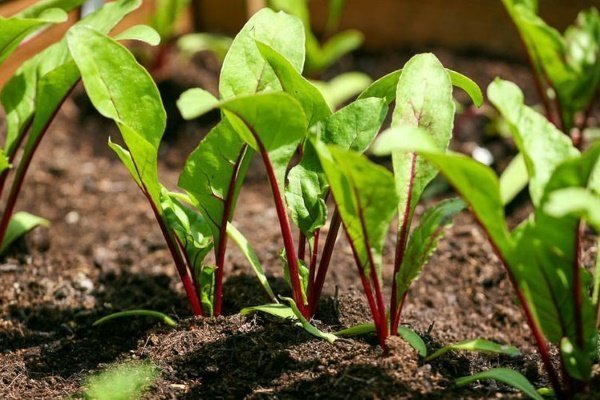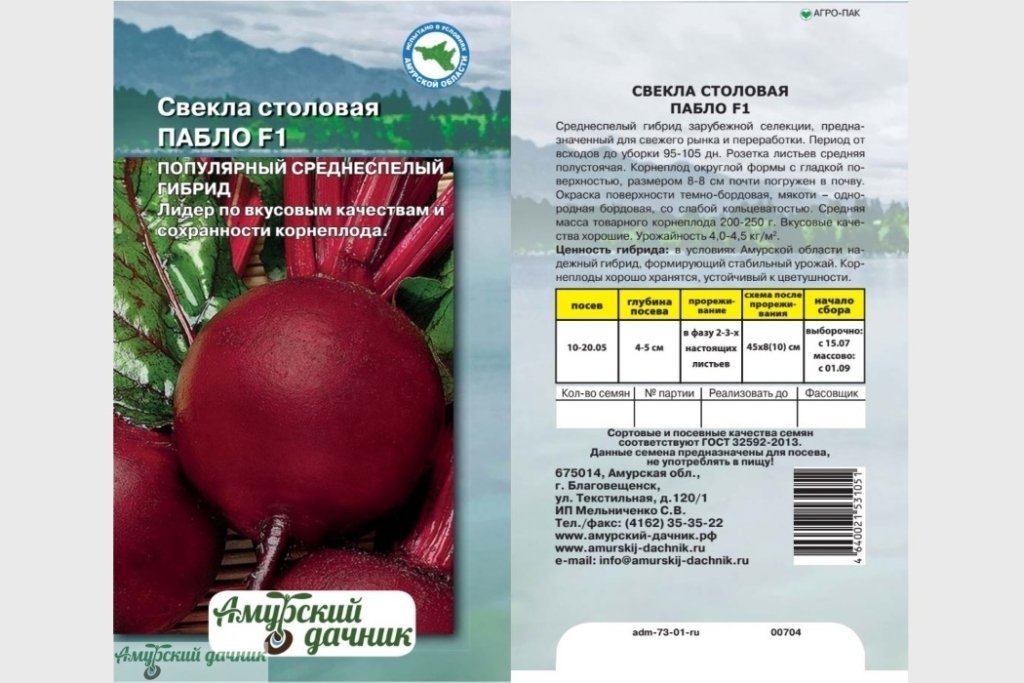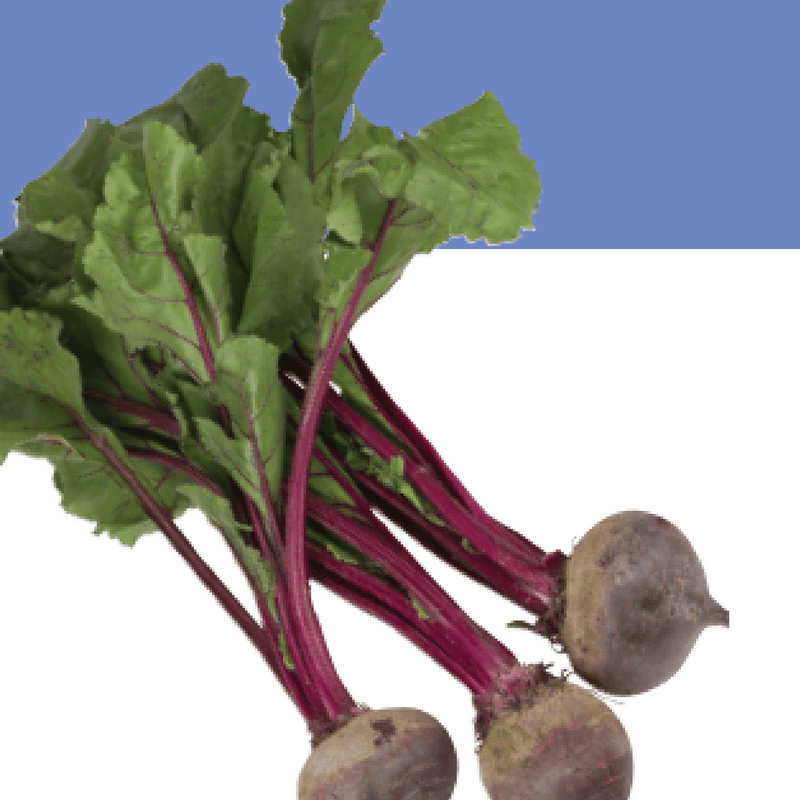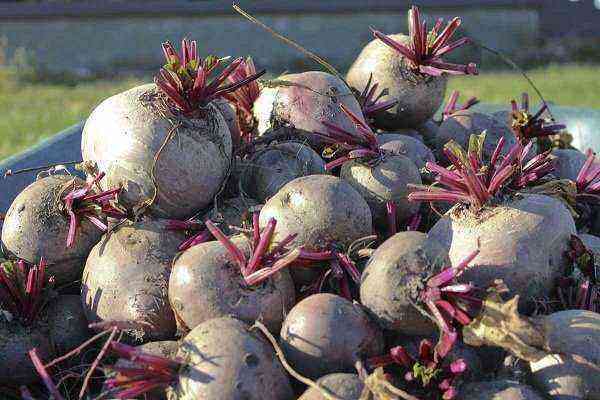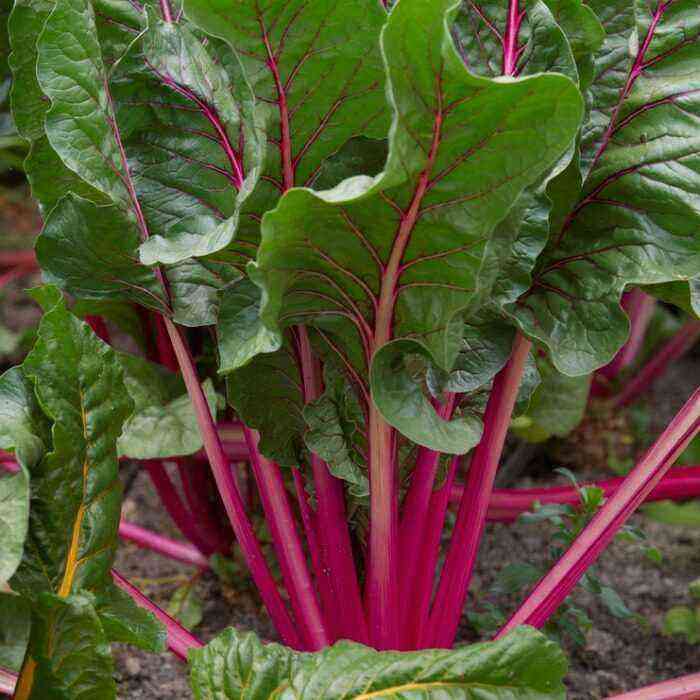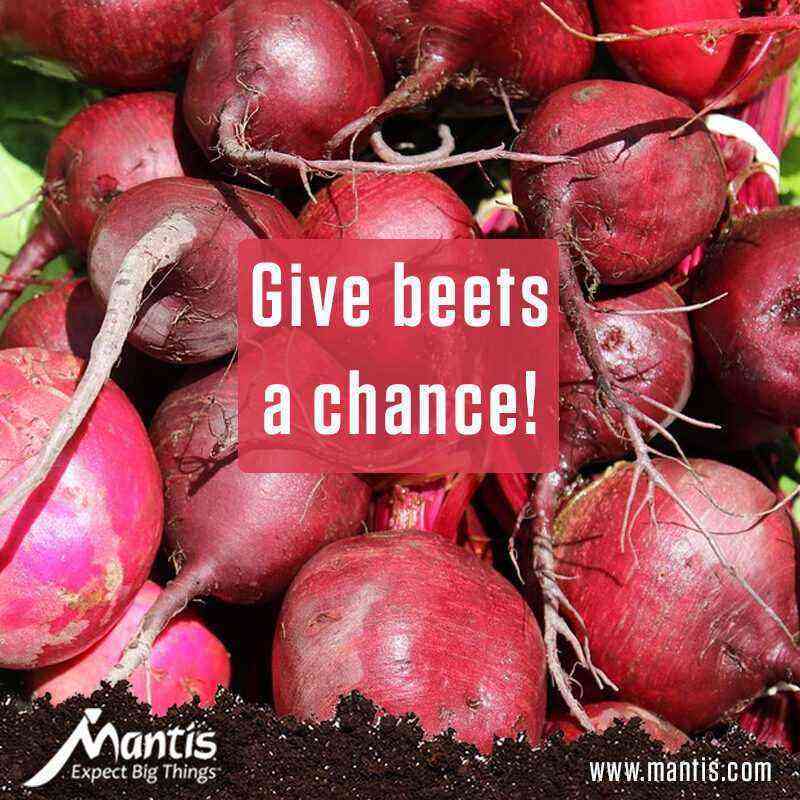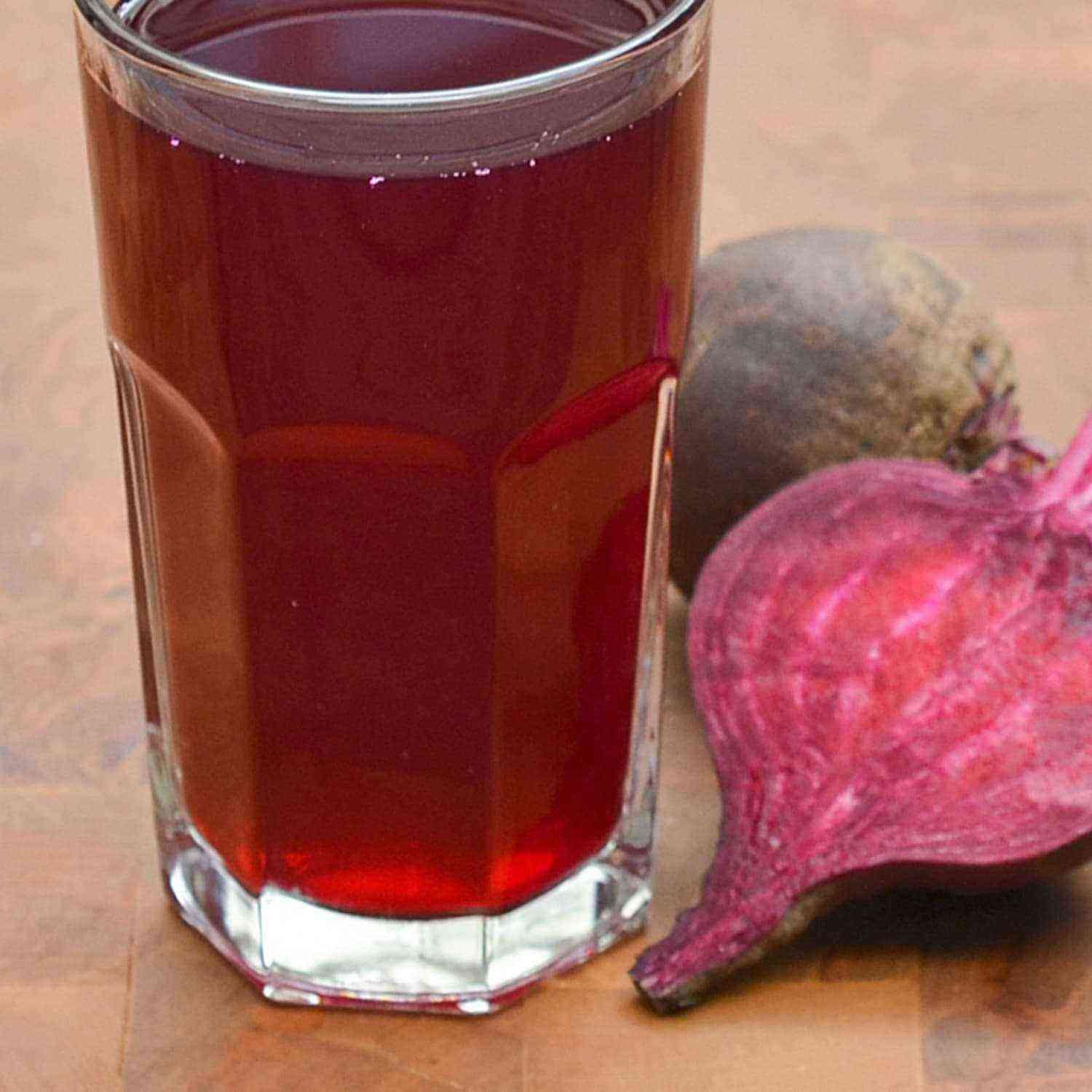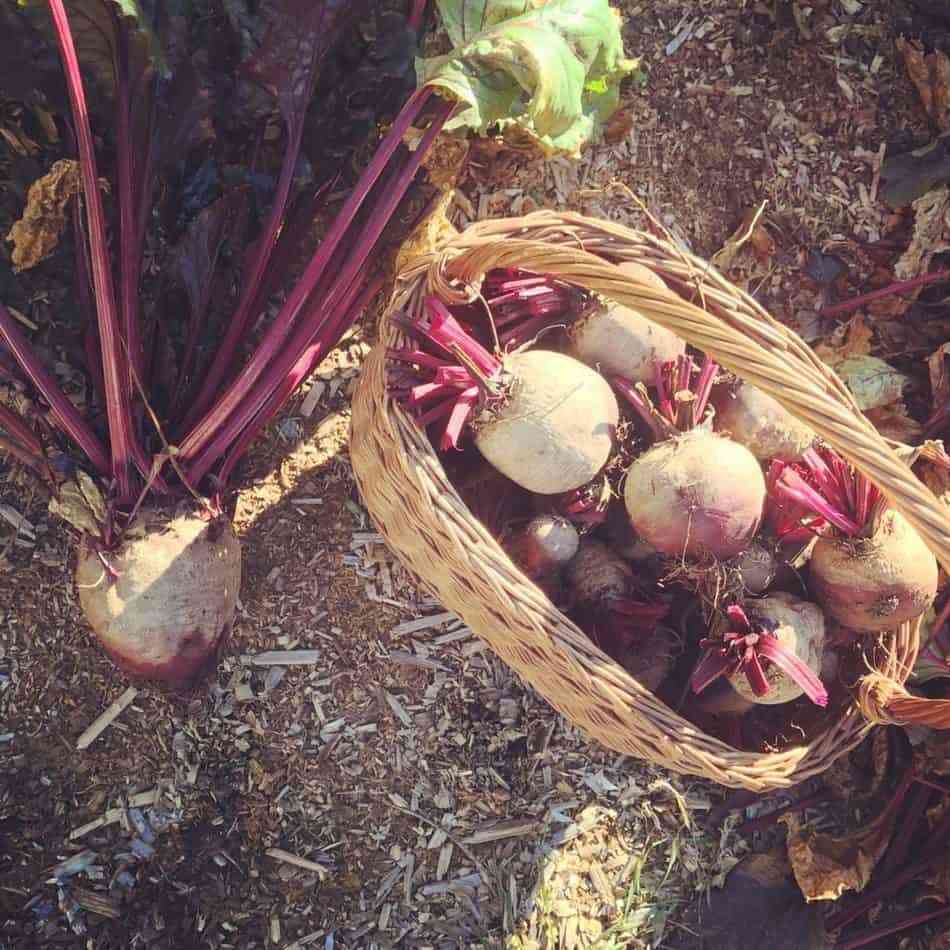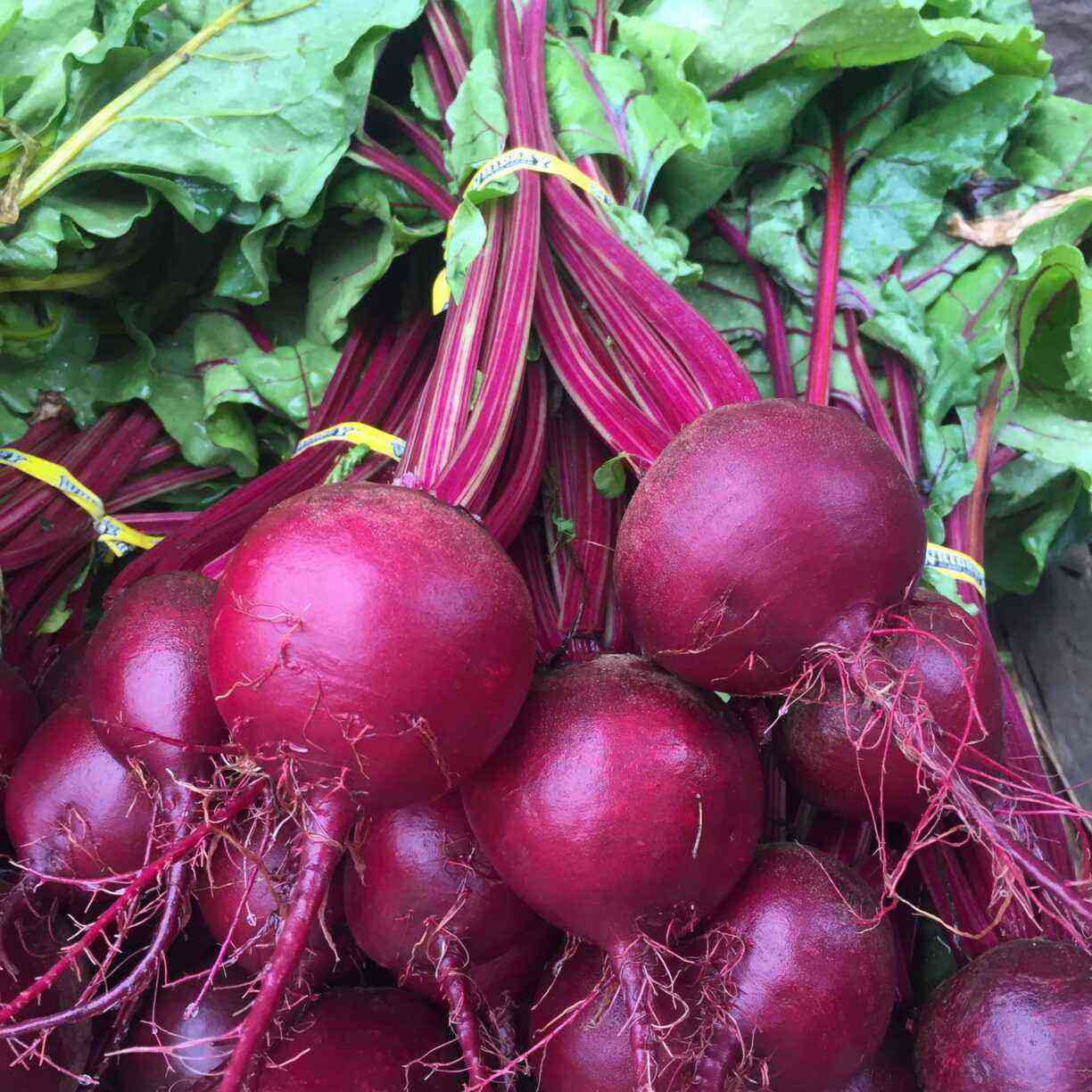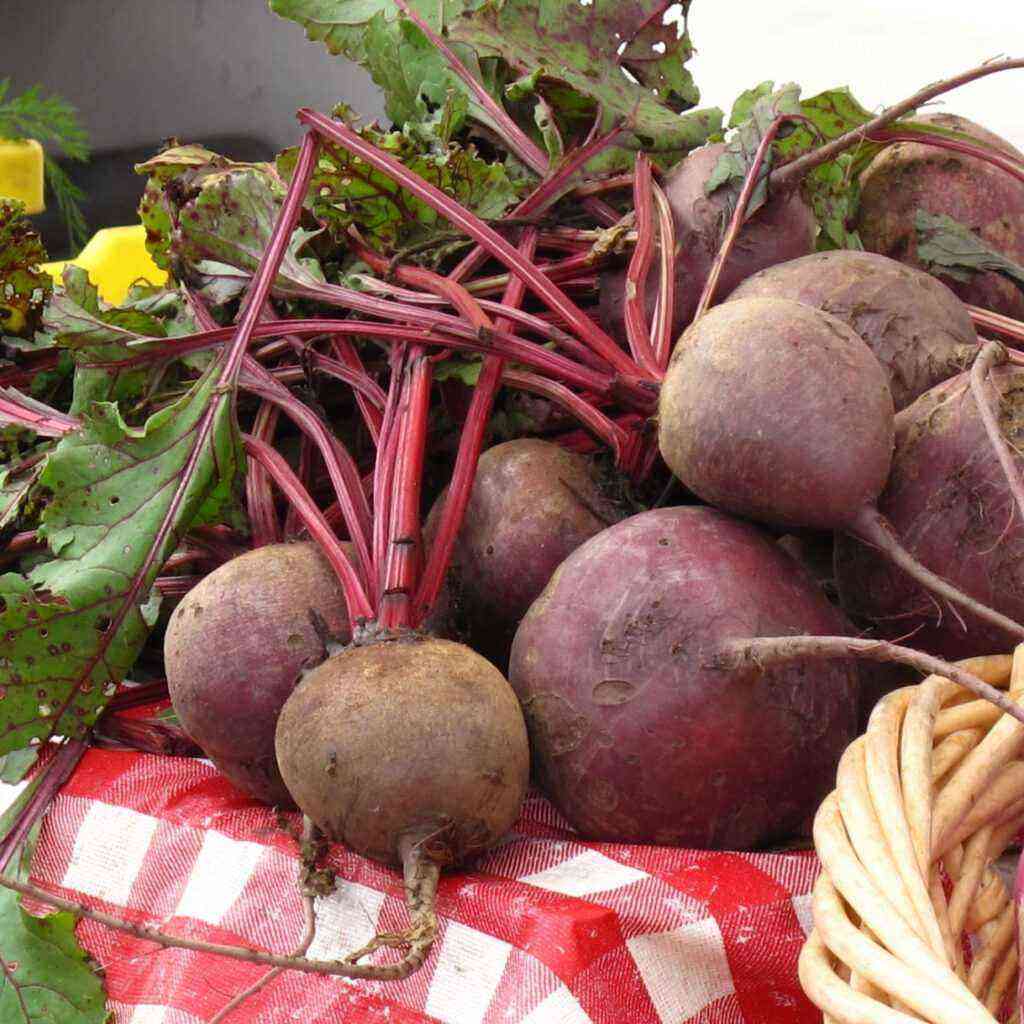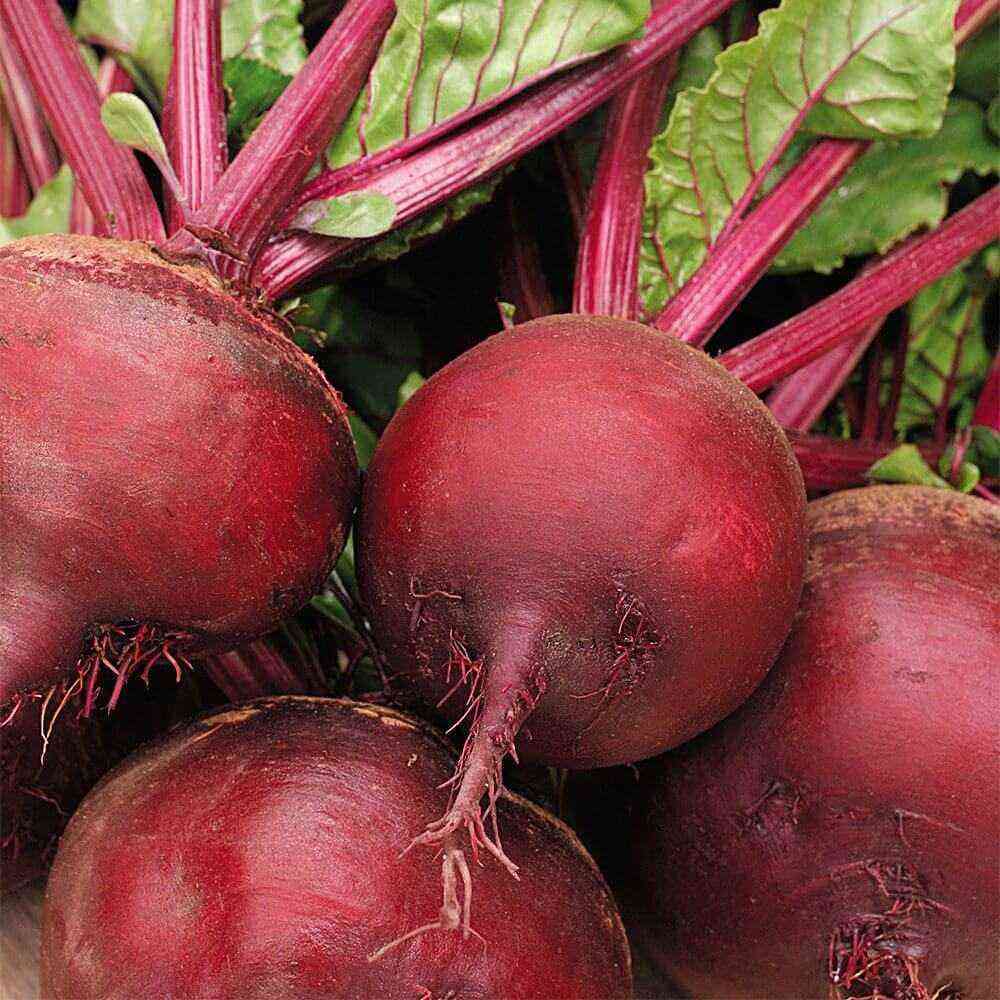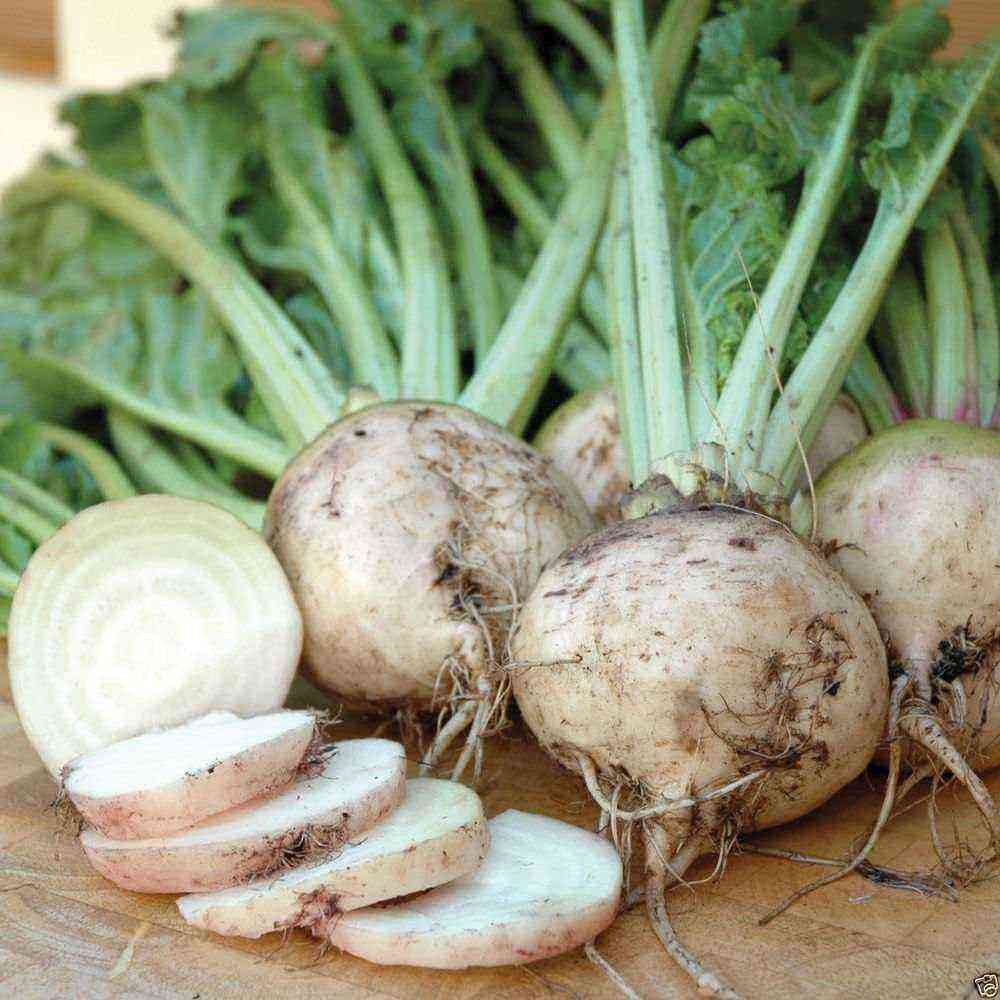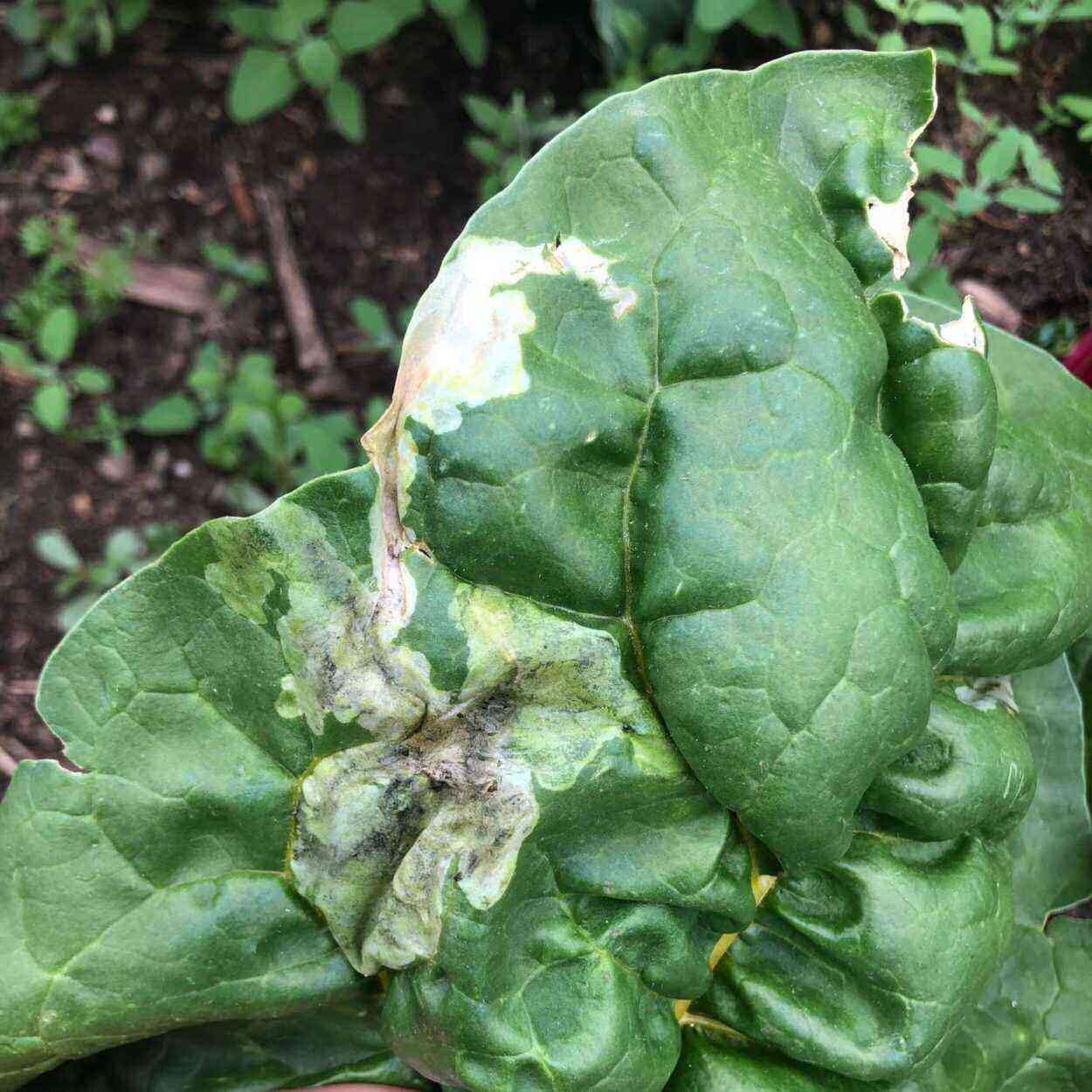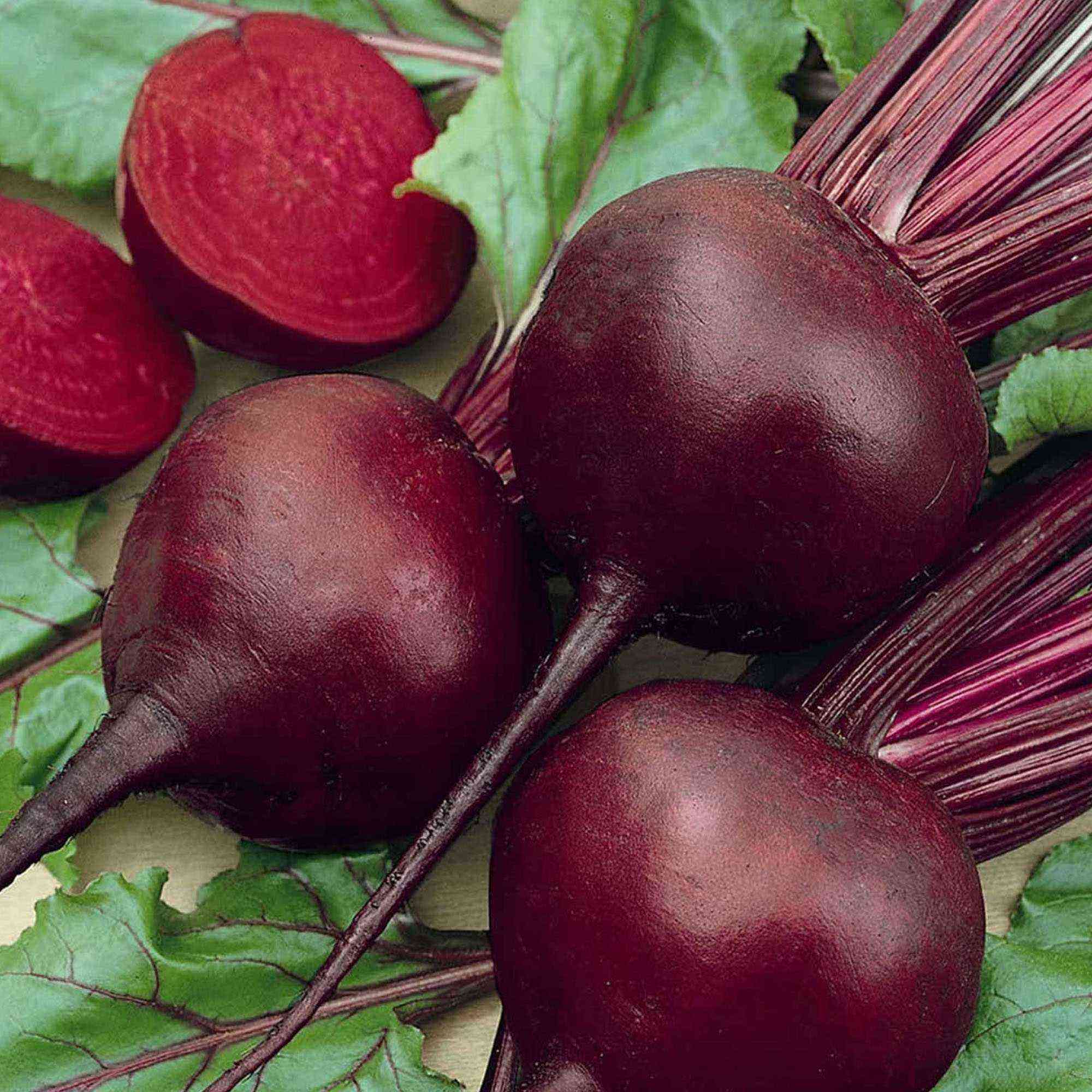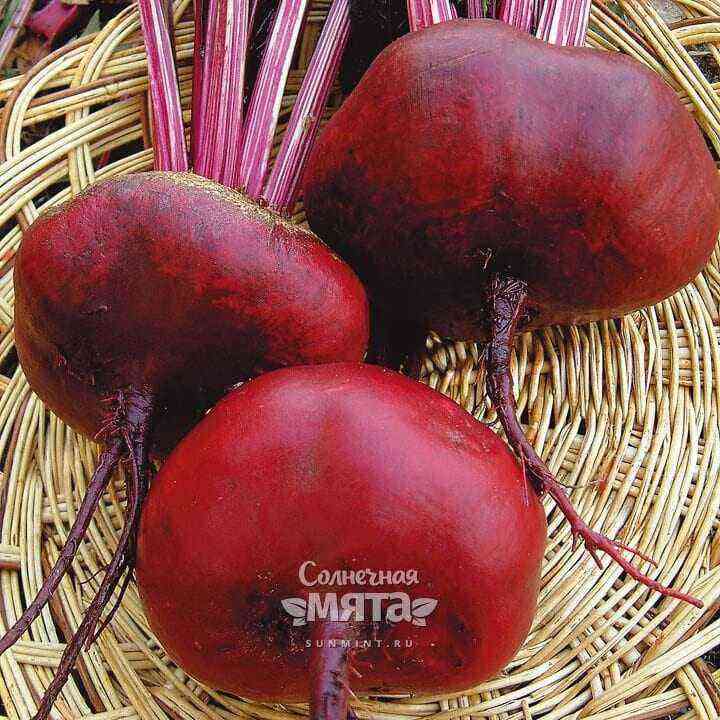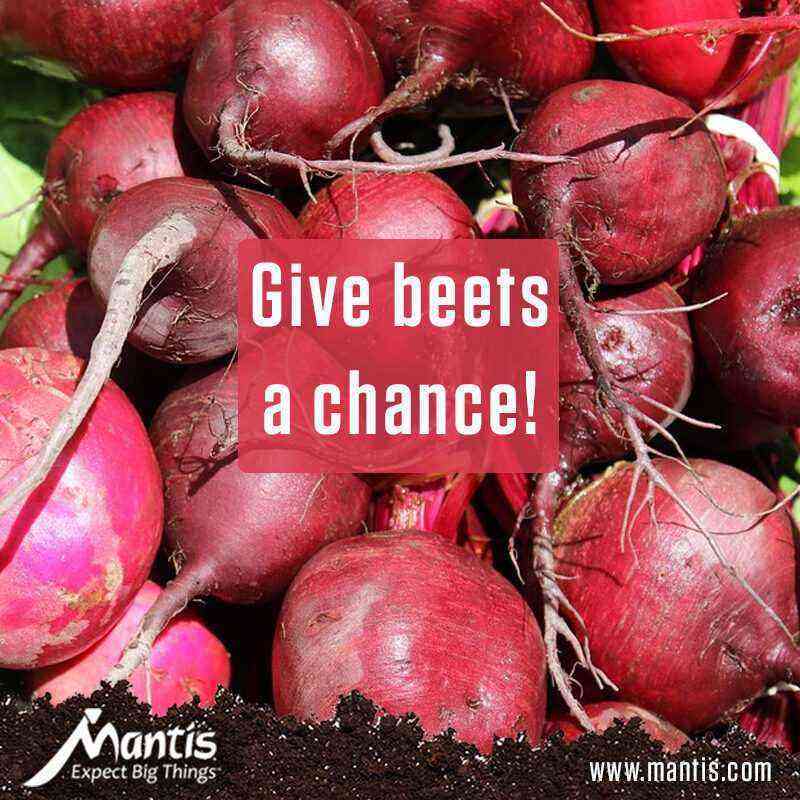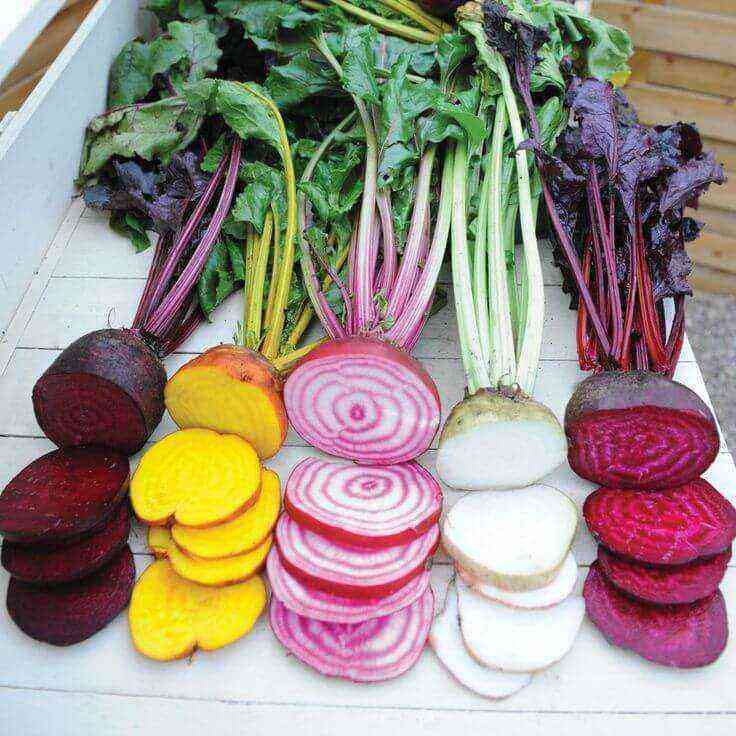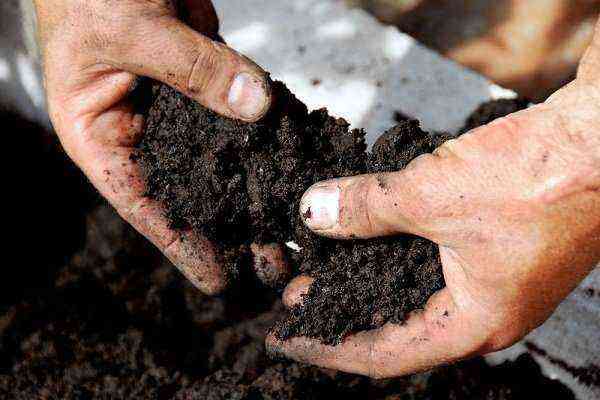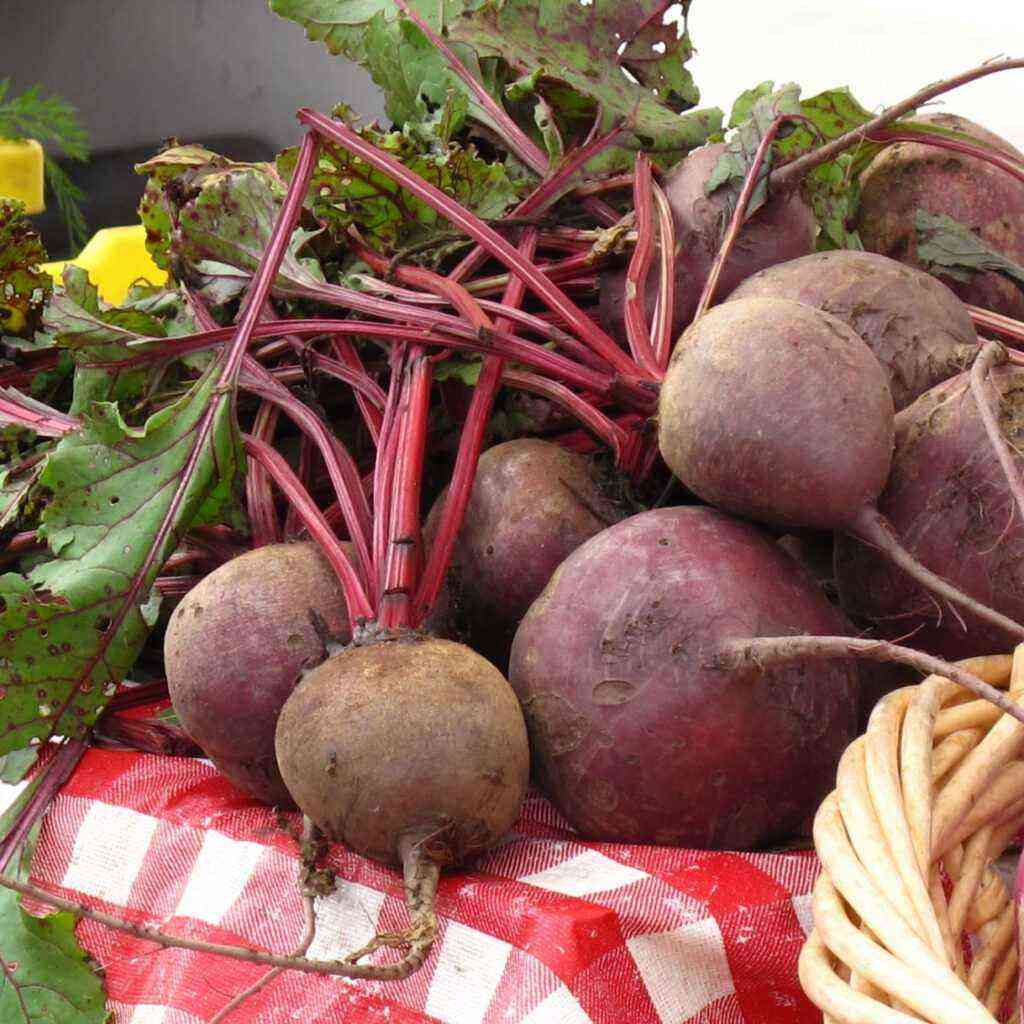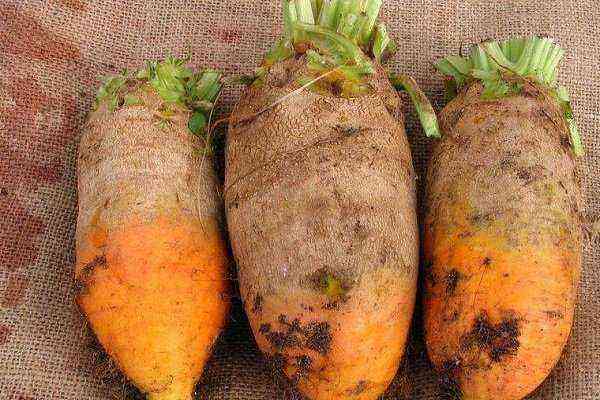Beetroot Pablo F1 is a hybrid table variety from Holland. Refers to medium-early crops with a growing season of 1-2 months. It is very popular among residents of cold regions, as it is a cold-resistant plant and easily tolerates frosts. At the same time, beets have a sweet taste and can be used for any type of processing. From it you can cook salads, first courses, vegetable side dishes and even caviar.
Description of characteristics
Hydride Pablo is bred in the Netherlands by Bejo Zaden. Its main features can be found below:
Property
Description
Purpose Pablo is suitable for long-term storage, processing and fresh consumption. So, it is a popular hybrid variety of table beets. Ripening period The vegetation period (from the appearance of the first sprouts to the ripening of full-fledged root crops) averages 100-115 days. Productivity From 1 square. m of sown area, you can collect up to 7 kg of root crops. Due to its high yield, this hybrid is often commercially grown for sale. Growing zone It can be grown in any climate zone, including regions with a cold climate, as it exhibits resistance to adverse weather conditions. Often grown throughout Russia, Moldova and Ukraine. Does not require high quality soil and careful maintenance. Plant The leaves of the plant are medium in size, light green in color, purple veins and wavy edges. The socket turns out to be medium-sized and upright. The plant is resistant to lack of moisture and bolting. Root crops Pablo bears fruit with rounded roots with thin tails. The mass of one hard fruit averages from 110 to 180 g, and the diameter is from 10 to 15 cm. Root crops have a smooth thin burgundy skin. The flesh itself is juicy, ruby-red with a purple hue, without inclusions and light ring divisions, which are characteristic of many other beet varieties. The pulp contains a large amount of sugar (about 18%) and betaine (128,7 mg per 100 g), therefore it has a rich sweet taste. Retains its aroma and sweetness even after heat treatment. Keeping quality The hybrid has a high keeping quality – it can be stored for several months without losing its shape and taste. In addition, it does not give in to decay and is not covered with mold. Disease resistance Pablo is resistant to many beet diseases, including cercosporus.
Beet Pablo is valued for its high yield, decent presentation and excellent taste.
Terms of planting
Beet Pablo is planted in late spring – early summer, from about the end of April to the first decade of May or in the first third of June. Experienced gardeners recommend, when determining the optimal planting dates, to focus on air temperature indicators. They must be kept in the range of +18…+20°C.
In addition, the soil itself should be well warmed up – at least + 5 … + 7 ° C, but up to 10 ° C. In general, the hybrid is suitable for early sowing.
If you plant beets later, when the soil temperature reaches 15 ° C, in the future shoots will appear with a delay of a week.
Site selection and soil preparation
For growing crops, it is worth choosing a site that is well lit by the sun’s rays. The fact is that with insufficient illumination, the ground part of the beet will stretch excessively, and the yield will decrease.
It is desirable that the soil on the site be loose loamy with neutral acidity. If it is increased, then the beets will feel uncomfortable, which will affect the quality characteristics of root crops.
The best predecessors of beets are the following crops:
- bow;
- tomatoes;
- potatoes;
- cucumbers;
- salad;
- radish;
- radish;
- garlic;
- kohlrabi.
You can not grow beets in the area where the following crops were previously grown:
- carrot;
- cabbage;
- chard;
- beans;
- spinach;
- corn.
It is advisable to prepare the selected site in the fall. To do this, after harvesting the previous crop, it is necessary to completely remove plant residues and fertilize the soil with compost or humus at the rate of 5 kg per 1 sq. m of sown area. If necessary, the acidity level can be lowered by adding 200-400 g of lime per square meter of the plot.
How to prepare seeds?
In no case should pre-treatment of seeds be neglected, otherwise the plant will grow weak and be susceptible to various diseases, even though Pablo is a resistant hybrid to many ailments, which is why it is chosen for cultivation by many gardeners.
Pre-sowing seed treatment is carried out according to the following instructions:
- Select quality material and remove hollow seeds. To do this, they need to be soaked for 20-30 minutes in a saline solution prepared at the rate of 30 g of salt per 1 liter of water. For planting, use only those seeds that remain at the bottom of the container.
- Disinfect suitable seeds. You will need to prepare a solution at the rate of 1,5 g of boric acid per 1 liter of boiling water, and then soak the seeds in it for 12 hours.
- Soak the seeds for a day in a solution prepared by dissolving 1 drops of Energen or 10 tsp in 1 liter of water at room temperature. superphosphate. This procedure will increase the rate of plant germination in the future.
- Rinse the seeds, cover with a damp cloth and leave for 2-3 days at a temperature of 20°C. As the seed dries, it should be moistened.
Only after such treatment will the seeds be ready for planting.
Ways of planting
You can plant beets in one of two ways – seedless or seedling. Let’s consider each of them separately.
reckless
Sowing of prepared seeds is carried out according to a single-line scheme:
- Prepare furrows 2-3 cm deep in the area. The optimal distance between them is 30-40 cm.
- Throw 2 seeds into each hole at a distance of 7-10 cm, and then cover with earth.
- Moisten the soil slightly and loosen it by drawing a furrow with a hoe at a distance of 10 cm from the sowing line.
Each beet seed produces from 2 sprouts, so in the future it will be necessary to thin out the plantings. When 2 leaves appear, leave 3-4 cm between plants, and when 3-4 leaves appear, about 8-10 cm. Thinning is best done in the evening after watering or rainfall.
seedling
To increase the survival rate of the plant and protect it from possible return frosts in the future, some gardeners plant seeds in seedlings. Its essence lies in the fact that the seeds are pre-planted in special containers, and at the seedling stage they are transferred to open ground.
It is necessary to sow seeds for seedlings 3 weeks before transplanting the plant into open ground. In this case, you should follow these instructions:
- Prepare containers measuring approximately 10x20x20 cm.
- In equal parts, mix coarse sand, peat and soddy soil to get a nutrient composition for growing seedlings. For 10 kg of the prepared mixture, add 200 g of wood ash.
- Fill the containers with the substrate so that a distance of 2-3 cm remains between the edge and the soil mixture. A hole should be made in this part of each die to prevent the accumulation of moisture in the soil.
- Moisten the substrate and sow the seeds to a depth of 1-1,5 cm and at a distance of 3 cm, and then sprinkle with earth.
- Sprinkle the substrate with water and cover the container with glass or film.
When growing seedlings, there is no need for picking, however, a number of other rules for caring for seedlings should be followed:
- Before sprouts grow, seedlings do not require lighting, but need a moist environment. In this regard, it is necessary to water the substrate as its top layer dries.
- Maintain indoor air temperature at +22…+25°C. As soon as sprouts appear, remove the glass or film, and shift the cups to a bright place.
- Provide adult seedlings with 2 or more leaves of coverage from morning to 19 hours. If the beets grow in a dark place, the shoots will turn out to be thin and weak, and productivity will significantly decrease. So, if necessary, additional lighting should be provided with the help of fluorescent lamps, which must be installed at a distance of 20 cm from the seedlings.
- You do not need to feed the seedlings, as the substrate contains a sufficient amount of nutrients.
- A week before transplanting into the ground, start hardening seedlings. Every day, take it out to fresh air for 3-4 hours, and then extend the time to 5 hours. Acceptable air temperature is from +8 to 10°C. In an apartment, hardening can be carried out on a balcony or loggia. In this case, direct exposure to sunlight on seedlings should not be allowed.
Seedlings with 5-7 leaves can be transplanted into open ground. At the same time, the air temperature at night should be kept at 15 ° C. Plants should be planted with a clod of earth at a distance of 4-5 cm. Between the rows, you need to leave a distance of about 30 cm.
When the seedlings are accepted, and the root crops increase to 1,5-2 cm, the beets should be thinned to an interval of 10 cm.
Wind and sun can harm fragile and thin plants, so they should be covered with non-woven material. To do this, along the perimeter of the beds, you need to install metal arcs, on which you can stretch the protective film. It can be removed in June as the tops of the leaves close.
How to care for planting?
Pablo is an unpretentious hybrid to grow, but to get a good harvest, you should follow simple care rules:
- Watering. Pablo is resistant to prolonged lack of moisture, but watering the plant should not be neglected. In cool weather, carry it out once a week, and in dry weather – 1-2 times a week. In any case, the norm of water is 3-15 liters per 25 sq. m plot. Before watering, water should be insisted for 1-1 days. You need to pour it under the root of the plant using a watering can or drip irrigation system. Stop watering in mid-August, as this will increase the volume of root crops.
- Loosening and weeding. After watering or rainfall, the soil between the rows should be loosened to a depth of 5-10 cm, since the formation of a soil crust around the plant leads to a decrease in the quality of the crop. In addition, loosening improves air circulation. Weeding should also be carried out regularly, especially at the beginning of seedling germination, since during this period it needs light, moisture and nutrients most of all.
- Hilling. If the root crops are not completely covered with soil, they need to be spudded.
- Additional fertilizing. Fertilizers for beets are applied 2-3 times. The first top dressing is carried out after thinning – 10-15 g of nitrogen fertilizers (urea, sodium or calcium nitrate, ammonium sulfate) are introduced per square meter. At the same time, you should not overdo it with nitrogen fertilizers, since nitrogen can penetrate and accumulate in the root crop, and then negatively affect the human body. The second top dressing is carried out 2-3 weeks after the first – for each square meter, 8-10 g of potassium chloride and superphosphate are introduced.
If beetroot leaves are covered with red spots, then this indicates a lack of sodium in the soil. In this case, the plant should be watered with salt water (1 tablespoon per 10 liters). For the entire growing period, it is enough to carry out 3 such procedures.
- Protection against diseases and pests. Beet Pablo F1 shows resistance to many diseases, including cercosporosis and bolting. In addition, the hybrid is quite rarely affected by scab or root beetle. To completely minimize the likelihood of damage, weeds should be removed in a timely manner and potash-phosphorus fertilizers should be applied to the soil. Rodents pose a great threat to beets, which can harm both the tops and root crops. To scare them away, planting furrows should be sprinkled with tobacco dust, ash or special preparations. In addition, in the fight against rodents, the soil should be dug deep in autumn and spring.
With proper care, already in mid-August – early September, you can get an excellent harvest – an average of 2 kg per 1 sq. m plot.
Harvesting and storage of crops
Between the emergence of seedlings and the full ripening of root crops, about 100 days pass. It is highly undesirable to delay the harvest and overexpose the beets in the ground, as this will worsen its taste and commercial qualities.
You can determine the readiness of root crops for harvesting by a number of signs. These include:
- the state of the lower foliage (it begins to dry, wither, turn yellow and fade);
- the size of root crops (their diameter reaches 10-15 cm, and characteristic growths appear on the skin).
To harvest, root crops should be removed from the ground with a pitchfork. So you can remove the top layers of the soil without damaging the beets themselves. Leaves should be cut from the extracted root crops, leaving cuttings no larger than 1 cm in size, so that the growth of beets does not activate in winter, which can cause their death.
Root crops must be cleaned of soil, placed in boxes with a capacity of 10-20 cm and sprinkled with sand up to 3 cm. In addition, the crop can be stored in pits, the width and depth of which is 1 m. Before laying root crops, the bottom should be covered with boards. Beets need to be sprinkled with sand, and then covered with dry leaves, peat or straw, and then with a layer of earth.
It is worth storing beets at a temperature of 0 … + 2 ° C and humidity up to 90%.
Video: why choose Pablo F1?
In the following video, an experienced gardener will tell you why Pablo tries to grow beets every year:
Useful Properties
Pablo beetroot is rich in vitamins, organic acids and trace elements, and also contains an increased amount of sugars and betaine, which determines its beneficial properties:
- removes radionuclides, slags and toxins from the body;
- favorably affects metabolic processes;
- normalizes the functioning of the gastrointestinal tract;
- reduces the level of cholesterol in the blood with regular use;
- strengthens the walls of blood vessels and stimulates blood formation, so the vegetable is especially recommended for use in blood diseases;
- reduces inflammation and accelerates wound healing;
- prevents the appearance of puffiness due to the removal of excess fluid.
Pablo F1 can be safely used for anemia, cardiovascular diseases, ulcerative lesions, malfunctions of the digestive system, general exhaustion of the body and the appearance of characteristic symptoms of asthenia.
Противопоказания
Despite all the beneficial properties, Pablo F1 can be a health hazard if consumed in the presence of indications such as:
- metabolic disorders (consumption of beets for food should be minimized, especially in diseases of the genitourinary system or kidneys, since it is rich in oxalic acid);
- diabetes mellitus of any type (the use of boiled beets is especially contraindicated, since it contains a large amount of sugar);
- gastritis with low or zero acidity and other diseases of the gastrointestinal tract.
Beet Pablo F1 is a mid-early hybrid of the Dutch selection, which is characterized by high and stable yield, high sugar and betaine content, as well as an increased ability to remove radionuclides from the body and reduce blood cholesterol levels. Every summer resident can grow such a useful vegetable in his garden using simple rules for planting and caring for a crop.
